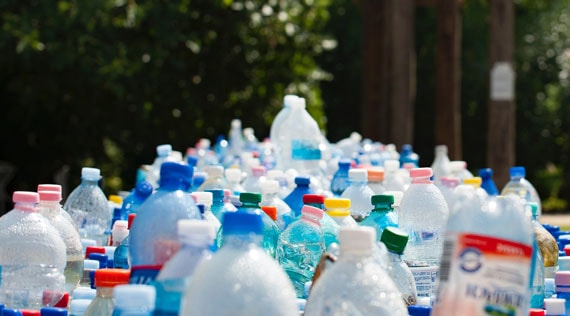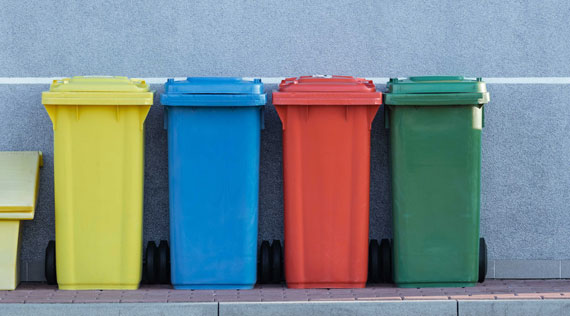Amcor Rigid Packaging (ARP) in Ann Arbor has announced a technological advancement that makes it possible for billions of small bottles to be recycled that otherwise would have been thrown away, increasing the amount of material that makes it to and through the recycling process.
“We know that many small bottles are falling through screens in our material recycling facilities (MRF) designed to separate glass, so this is a major development — it allows these bottles to pass this step in the process and have the opportunity to be captured by the appropriate equipment downstream,” says Curt Cozart of the Association of Plastic Recyclers. “At a time when the recycling industry is constrained by material supply every additional pound diverted from waste makes a big difference.”
ARP is the first applying the technology to the 50 milliliter spirits bottles — often served on airplanes or placed in hotel rooms. While these bottles are made of recyclable material, they are often sifted out during the recycling process due to the small size.
The development made by ARP’s engineers examined how to ensure that the bottles get recycled and came created them to collapse in a way the maximizes its width with the available material, thereby ensuring it doesn’t get sifted out with broken glass and other debris.
“This discovery was made by the Amcor team when testing revealed that the bottles collapse in different ways,” says Terry Patcheak, vice president of research and development and advanced engineering at ARP.
“Our simulations demonstrated that when these tiny spirits bottles are designed to collapse in a specific way, fewer bottles actually fall through the cracks. The potential here is higher recyclability rates and more recycled content for multiple segments and materials.”
The bottle design includes intentional failure points and is based on the Association of Plastic Recyclers guidelines. Finite Element Analysis testing is being undertaken to better understand the dynamics of these small bottles during the recycling process. Additionally, ARP will partner with recycling facilities to capture real-world data about the recyclability of its new bottle.
“We look forward to seeing the data and continuing to use this kind of creative approach to look at all of our packaging,” says Patcheak. “In partnering with the APR, we are looking at size, color and material to increase the amount of recycled material that can be turned into more bottles. We look forward to partnering with our customers as we use a new lens to look at ways to meet our shared sustainability goals.”

